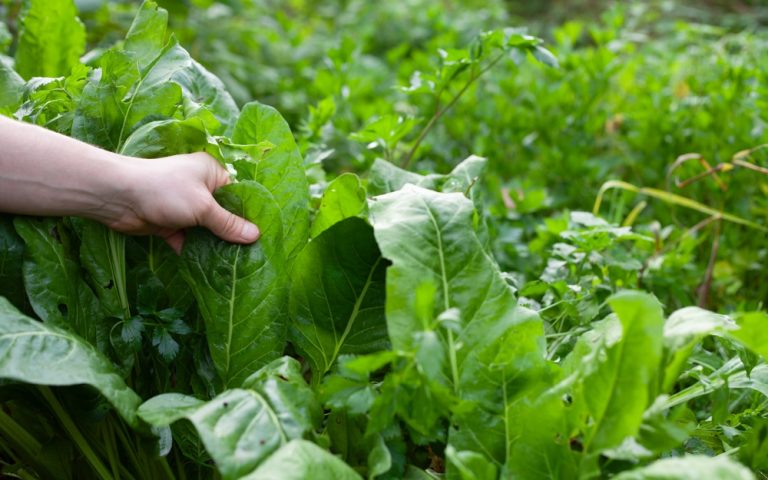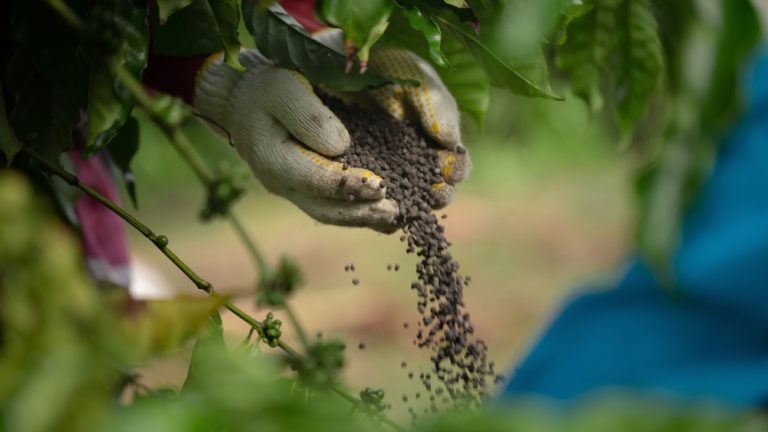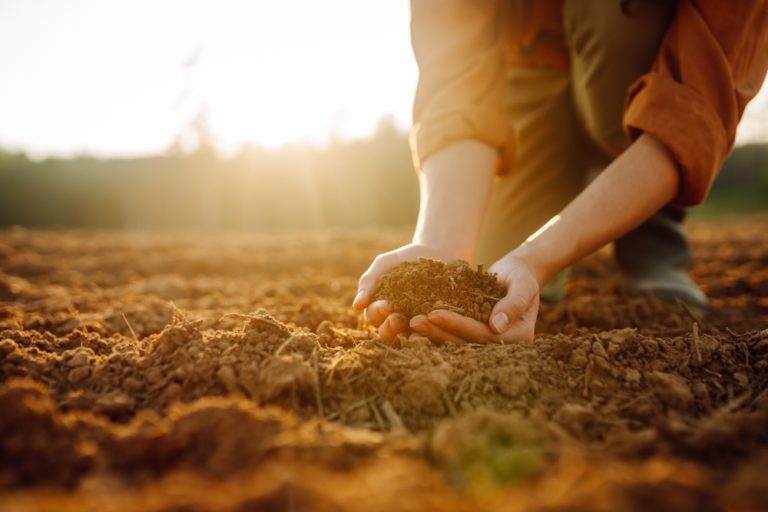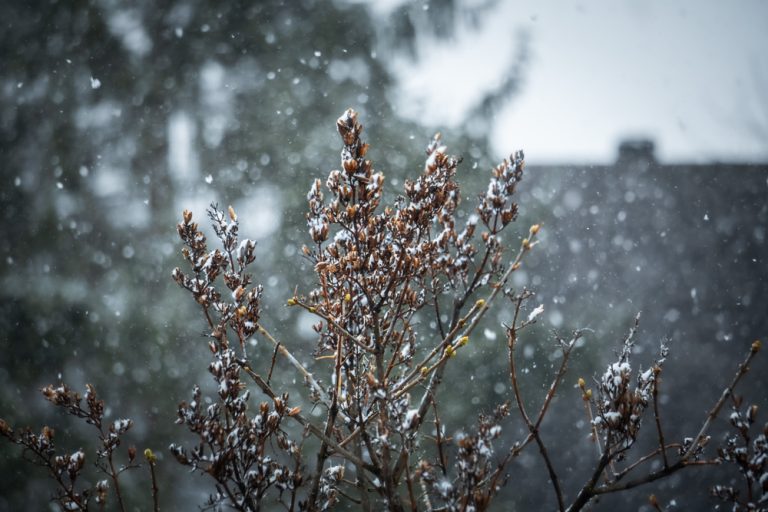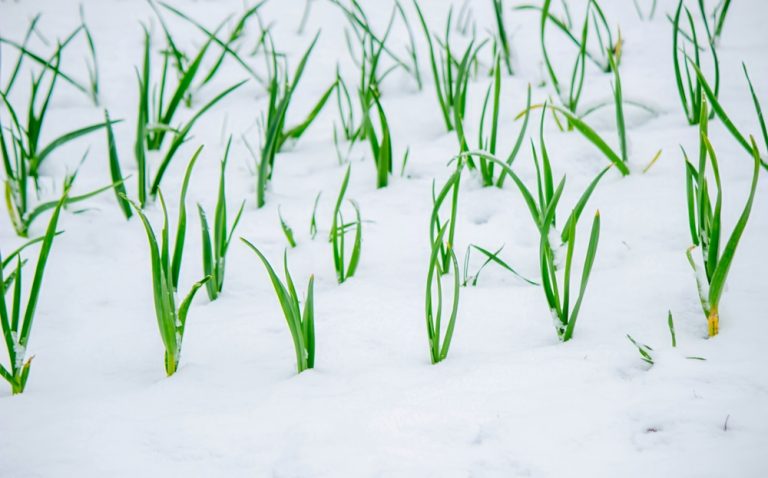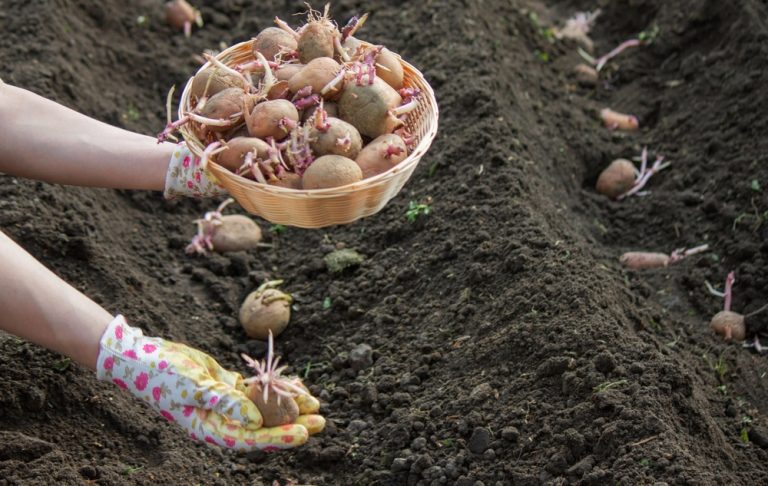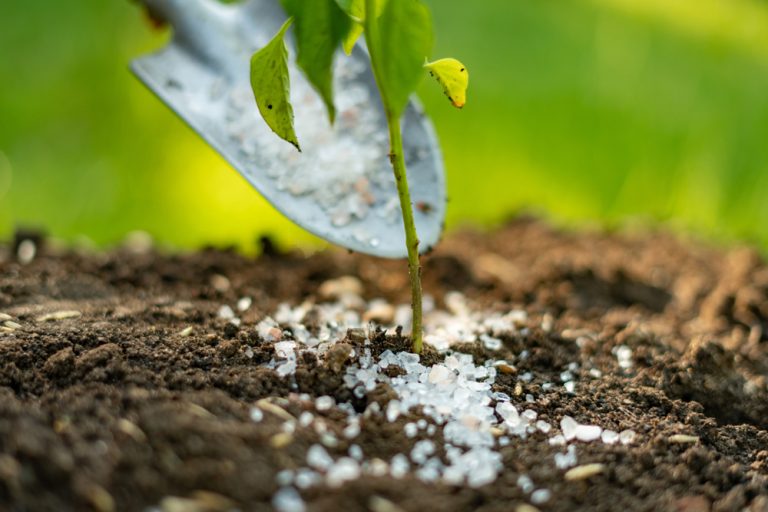You step outside on a crisp winter morning, coffee in hand, only to notice something odd: the soil around your favorite shrubs looks lumpy, cracked, and uneven—like it’s been breathing in its sleep. What you’re seeing isn’t your garden coming alive; it’s frost heaving, one of winter’s most sneaky and destructive natural tricks. It doesn’t…
garden tips
Why Bees Seek Late-Blooming Flowers in Autumn
As summer fades and the golden glow of autumn sweeps across fields and gardens, bees are still hard at work. While most of nature starts winding down, these tiny powerhouses buzz on with purpose, darting between blooms that have managed to outlast the season’s chill. You might think bees would take a break as the…
7 Crops That Love Shorter Days
As the sun starts dipping earlier and the air turns crisp, most people think gardening season is over. But here’s a little secret seasoned growers know—some crops absolutely thrive when the days grow shorter. These resilient, cool-weather champs use the lower light and milder temperatures to produce rich flavors, vibrant colors, and satisfying harvests. Forget…
How to Save Money Buying Fall Perennials
There’s something undeniably magical about fall gardens—the crisp air, the warm colors, and those bursts of late-season blooms that make your yard feel alive just before winter hits. But here’s the truth: buying perennials in autumn can get expensive if you’re not strategic. Nurseries are tempting, and it’s all too easy to walk out with…
5 Fertilizers to Skip in the Cool Season
You know that feeling when the first chill hits the air, and your lawn looks like it’s begging for attention? You grab your garden gloves, feel unstoppable, and think, “It’s fertilizing time!” But hold up. Not every fertilizer plays nice with cool-season conditions. In fact, using the wrong one right now can backfire—causing stress, waste,…
How to Balance Soil pH Before Winter
If your garden could talk, late autumn would be the time it lets out a long sigh and says, “Please, just fix my pH before I go to sleep.” It’s easy to forget that soil doesn’t stop working when the air gets cold—it keeps quietly preparing for next spring. But here’s the catch: if your…
6 Wildflowers to Scatter Before the Snow Comes
There’s something beautifully rebellious about sowing wildflowers just before winter arrives. While most people are hauling in their patio furniture and winterizing their gardens, you’re out there, hands in the cool soil, planning for next spring’s explosion of color. Scattering wildflower seeds before the snow hits isn’t just poetic—it’s strategic. The cold helps prepare the…
How to Prep Raised Beds for Snowfall
The first snow of the season might look magical from your kitchen window, but your raised garden beds? They’re about to face a frosty fight for survival. Beneath that peaceful white blanket, your soil, plants, and hardworking microbes are all scrambling to handle freezing temps, heavy moisture, and winter’s unpredictable mood swings. The good news…
8 Crops That Should Never Be Left in the Ground Over Winter
When the air turns crisp and the garden starts to fade, it’s tempting to let a few crops stay in the soil “just a little longer.” After all, who wants to spend their chilly weekends digging in the dirt when there’s hot cocoa waiting inside? But here’s the cold truth—literally—some crops simply don’t forgive procrastination….
Why You Should Rethink Fall Fertilizer Applications
Ah, fall—the season of crisp mornings, pumpkin-flavored everything, and that irresistible urge to give your lawn one last loving boost before winter. Homeowners everywhere rush to spread fertilizer, believing it’s the final, heroic act that ensures a lush spring lawn. But what if that fall feeding frenzy isn’t doing your yard any favors? What if,…


